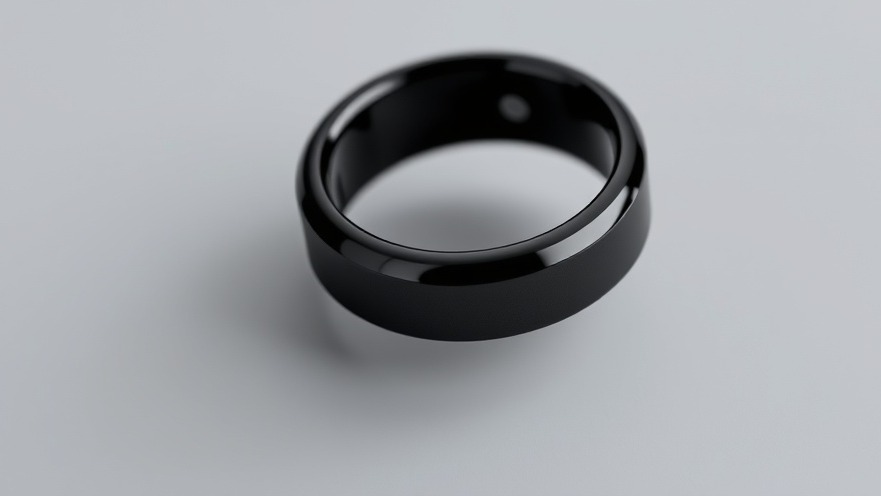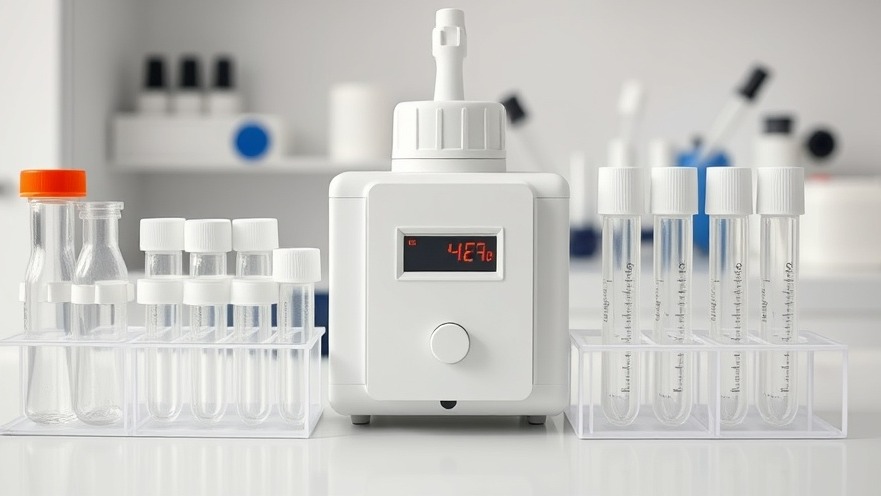
At-Home LED Devices for Acne Treatment: A Safe and Effective Solution
In the ever-evolving landscape of skincare technology, light-emitting diode (LED) devices have emerged as an innovative solution for acne treatment. A recent systematic review conducted by researchers from Mass General Brigham has confirmed that at-home LED devices are safe and effective for treating mild to moderate acne. With this significant finding, those in the field of concierge health can leverage this information to enhance patient care and embrace cutting-edge treatment options.
Understanding the Technology: How LED Devices Work
At the core of LED acne treatments are two key wavelengths: blue and red light. Blue light, primarily used for targeting Propionibacterium acnes bacteria, helps eliminate acne-causing germs, while red light works to reduce inflammation and enhance healing. This dual action makes LED therapy particularly appealing for individuals who might be sensitive to traditional acne medications.
During the study involving 216 participants, the results indicated that individuals using red and/or blue LED devices experienced a substantial reduction in both inflammatory and non-inflammatory acne lesions compared to control groups. The minimal side effects reported, including some mild dryness and irritation, highlight the safety of these devices, thus reinforcing the idea that they can serve as excellent alternatives for patients dissatisfied with conventional treatments.
The Role of Evidence-Based Research in Skincare Practices
The systematic review published in JAMA Dermatology provides compelling evidence supporting the use of LED devices. By scrutinizing randomized controlled trials, the researchers effectively paved the way for medical professionals to integrate these technologies into everyday practice. Conducting systematic reviews not only augments the understanding of treatment efficacy but also offers invaluable insights into patient adherence and safety concerns.
“These devices may serve as a supplemental or alternative tool for individuals who experience side effects or insufficient improvement from traditional acne medications,” states Dr. John Barbieri, the lead author. Such findings could be a game-changer for practitioners who aim to provide comprehensive care for their patients.
Comparative Effectiveness: LED Devices vs. Traditional Treatments
With the rise of technology in dermatology, a question arises: how do LED devices stack up against traditional treatments? While topical retinoids and antibiotics are staples in acne management, they often come with side effects like irritation, dryness, and potential antibiotic resistance. LED therapy offers a non-invasive and generally tolerable option.
Furthermore, patients struggling with sensitive skin conditions that cannot tolerate traditional medications may find LED therapy especially safe and effective. As documented, dermatologists are increasingly recommending these technologies, especially to those with mild to moderate inflammatory acne, which emphasizes the growing acceptance within the medical community.
Future Directions: Advancements and Recommendations
Despite the promising results from current studies, researchers advocate for larger clinical trials to refine treatment parameters. Understanding the optimal light wavelengths, required treatment durations, and device specifications could bolster the efficiency and effectiveness of LED devices in clinical applications. The goal is to establish clear guidelines that can be utilized by both practitioners and patients.
Also, exploring the long-term outcomes of LED therapy is crucial as it may reveal the sustained impacts of such treatments, informing best practices and patient recommendations moving forward.
Patient Considerations: Empowering the Patient Experience
One of the key benefits of integrating LED therapy into treatment plans is empowering patients to take control of their skin health. Unlike traditional clinics where treatments may require time-consuming consultations and prescriptions, at-home LED devices offer convenience and autonomy. This can enhance patient adherence, as the ease of use allows individuals to incorporate treatment seamlessly into their daily routines.
Risk Factors and Precautionary Notes
It is essential to remember that not all skin types are suitable for LED therapy. Depth of skin tone and existing skin conditions, such as melasma, may contraindicate the use of light therapy. Before recommending these devices, health practitioners should always conduct thorough consultations with their patients, ensuring they are informed of both the benefits and potential risks associated with LED treatments.
Your Role as a Concierge Health Practitioner
As healthcare practitioners, staying ahead of technological advancements in skin care empowers you to provide the best possible outcomes for your patients. By advocating for safe and effective at-home LED devices, you can significantly benefit those struggling with acne or those who seek alternative treatment options.
Engaging in discussions about the evidence supporting these devices can greatly influence patient willingness to adopt and maintain treatment. For practitioners committed to patient-centered care, integrating LED therapy into practice represents a significant step towards enhanced patient satisfaction and treatment effectiveness.
For those interested in exploring at-home technology options or improving patient skincare outcomes, understanding the implications of this research is key. To learn more about leveraging this information effectively in your practice, consider incorporating LED therapy discussions into your patient consultations.
Take Action: Stay informed about the latest advances in at-home LED devices, and consider integrating them into your practice to improve patient outcomes and satisfaction. As technology continues to advance, so does the future of dermatological care.
 Add Row
Add Row  Add
Add 






Write A Comment